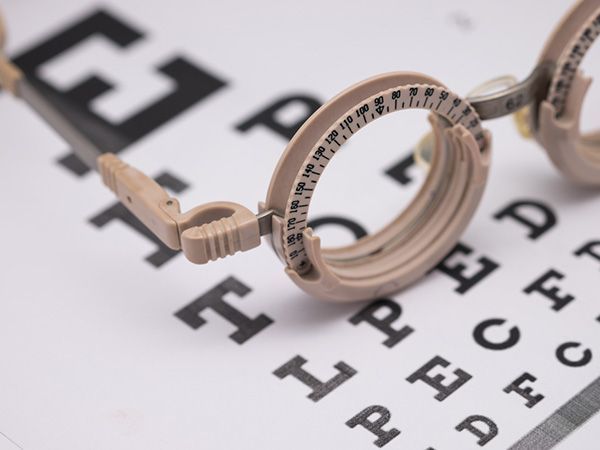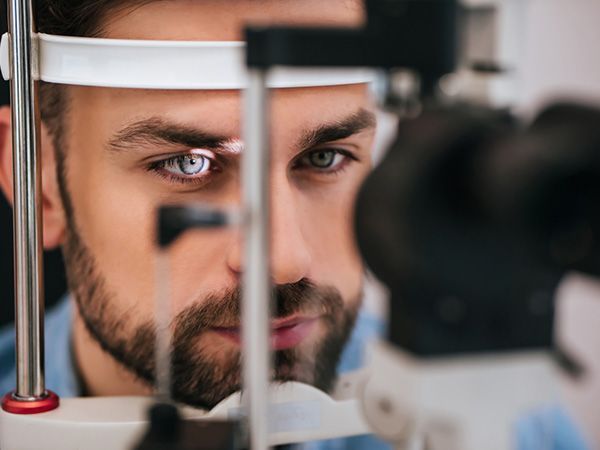Myopia Management
Are you seeing your child’s vision getting worse each year? Are you tired of hearing that your child needs stronger glasses?
It’s more than an inconvenience; it’s a serious risk to your child’s vision. Myopia can be aggressive. As incidence rates of myopia drastically rise, it’s also the case that aggressive or progressive myopia is rapidly increasing too. This situation is much worse than needing stronger and stronger corrective lenses, glasses or contacts. Myopia puts your child at risk for a wide range of serious and potentially devastating eye conditions later in life. These risks include Cataracts, Macular Degeneration, Retinal detachment, and Glaucoma.
The more advanced the progression, the greater the risks associated with the Myopia. However, research is now showing that any amount of myopia is dangerous.
The good news is that recent research and studies indicated that most people can slow down or stop their eyes from becoming more myopic (nearsighted or shortsighted). Stronger glasses each year should not be normal. There is no cure, but you can most likely improve how your eyes are changing.
By stopping or even halting the progression of myopia, we reduce these long-term risks to best ensure that your child enjoys seeing the world with healthy eyes throughout his or her life.
FINALLY, THERE IS AN ALTERNATIVE TO STRONGER GLASSES FOR YOU CHILD.
At Seymour Eye Clinic we provide specialized treatment to control the progression of myopia. By stopping or even halting the progression of myopia, we reduce these long-term risks to best ensure that your child enjoys seeing the world with healthy eyes throughout his or her life. We provide Myopia management to Seymour, Columbus, Bloomington, and southern Indiana.
What is Myopia? Myopia is commonly referred to as nearsighted which means clearer vision at near relative to far distances. Myopia is much more than "just" blurry vision. Myopia is the condition where the length of the eye is excessively long. Myopia is a serious eye condition because of the increased risk of eye disease associated with the stretching of the eye. Myopia is developed. Myopia is very rare at birth, it develops with time and it is well known that myopia increases in school-age children.
What causes Myopia? The exact cause is still unknown. It seems to be not only genetics but also environmental. With the increasing use of electronics and reduced outdoor time, the prevalence of myopia is increasing at an alarming rate. The incidence of myopia in children is enough for it to be considered an epidemic, with the number expected to jump 40% worldwide by 2050. Myopia is currently the 6th leading cause of blindness worldwide, with that figure expected to rise.
What can be done?
In addition to school time, children should not spend more than three hours a day on close work such as reading, homework or screen-time.
Outdoor sport and play of at least 90 minutes a day can reduce the risk of myopia – looking at your tablet or phone when the outside doesn’t count!
Keep your glasses up to date- studies show that under correcting myopia actually causes it to progress quickly. Catching early signs of myopia before it fully develops can help slow onset and progression.
- Turn off tablets and phones 3 hours prior to bedtime. The blue-white bright light from tablets and phones can damage long-term eye health and affect sleep.
My Child is already Myopic, Can I do anything to slow it down? Thankfully there are options to limit the progression of childhood myopia. Currently, these include:
Corneal Reshaping Therapy (CRT) or Orthokeratology- Corneal reshaping lenses are worn at night while sleeping and are removed in the morning. They temporarily change the shape of the cornea so that a person can see clearly all day long without glasses or contact lenses. They are also thought to slow because they bend the light that enters the eye in a beneficial way. Corneal reshaping lenses have been shown to reduce myopia progression by 50% (range 40-90%)
Multifocal Contact lenses - Soft bifocal contact lenses are though to slow myopia by bending the light that enters the eye in a beneficial way. These lenses have been shown to reduce myopia progression by about 50%.
Atropine Eye Drops - Atropine is an eye drop that typically makes the light seem brighter because it makes the pupil larger.: it also blurs near vision because it reduces the eye’s ability to focus while looking at nearby objects. It is not know how this medication slows myopia development. Low concentration (0.01%) atropine has been shown to slow progression without increasing pupil size or decreasing near vision dramatically.
Each treatment option has its advantages and disadvantages. After we analyze your child’s situation we will talk through all the options and tailor a personalized treatment to limit the progression of childhood myopia.




